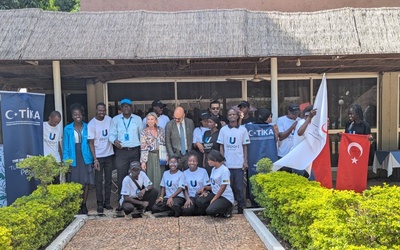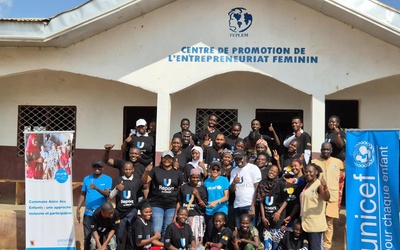When you have a once-in-a-generation opportunity to shape the face of global development, you want to make sure you make the most of it.
This is the challenging task governments face as they negotiate the goals and targets that will form the sustainable development goals (SDGs), an ambitious framework that could transform the world by 2030. There are many competing issues that could end up in the SDGs; the proposed framework includes no less than 17 goals. Choosing the right targets will be essential to measure progress and focus efforts on where they will have the most impact. That is why governments should agree on a target “to end child, early and forced marriage”.
We have learned a lot since the millennium development goals (MDGs) were established. We now understand just how big the problem of child marriage is and how it undermines so many of our efforts to improve the wellbeing of millions. It’s a practice that traps approximately 15 million girls a year into a cycle of poverty, ill health and inequality, and which has hindered the achievement of six of the eight MDGs.
Take goal three, for instance, which sought to “promote gender equality and empower women” – yet made no mention of child marriage. How can we empower women when so many girls are married off and denied their rights to health, education and a life free from violence and exploitation?
Thus setting a target “to end child, early and forced marriage” will not just help monitor progress on reducing child marriage globally. It will also help catalyze efforts towards achieving a number of the proposed SDGs on poverty, nutrition, health, education, economic growth and reduction of inequality – especially gender equality.
We don’t even need to work hard to set up new indicators if reducing child marriage is chosen as target. Every year, UNICEF captures the percentage of women aged 20-24 who are married or in union by the age of 18 and 15 around the world.
As a result let’s encourage young girls to go to school and gain a profession because when women participate in every level of the decision making process there is ‘A high level of propensity of good outcomes’.








